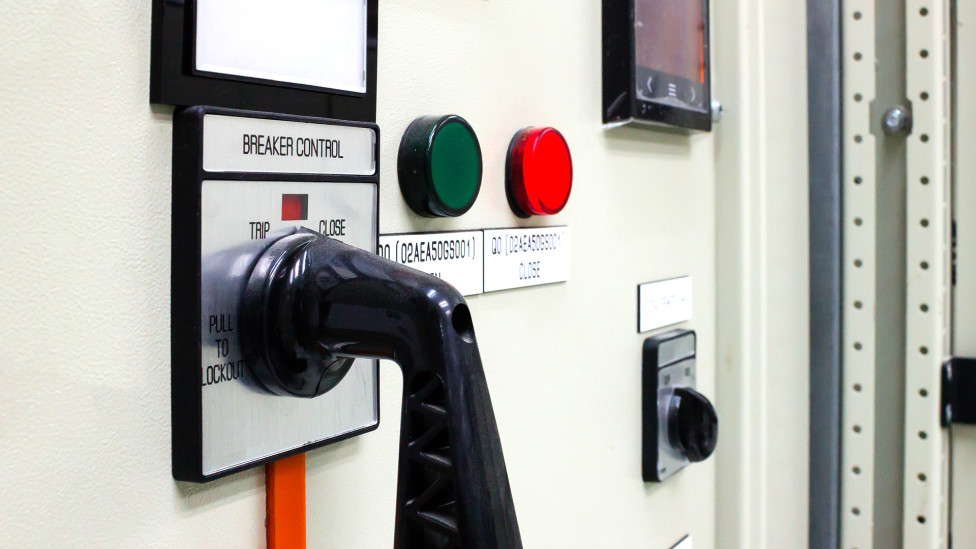350-07 - Pilot Protection

Learning objectives
- Recall why pilot protection systems are needed
- Identify the strengths and weaknesses of the major communications channels
- Identify which communications mediums are capable of high bandwidth data transmission
- Identify the differences between permissive, blocking, and direct transfer trip schemes
- Recall how pilot protection both manipulates and makes use of time delays
- Define the difference between overreaching and under-reaching schemes
Course overview
System protection monitors system parameters to identify abnormal and unacceptable conditions. If one of those conditions occurs, the system protection will take appropriate action to avoid any damage to the system. To ensure coordination between all the system elements when a fault occurs, time delays are employed. Pilot protection is used to avoid extended damage to the system by quickly identifying the fault, taking appropriate action, and bypassing the time delay. The Pilot Protection training course discusses the major forms of communication channels used by pilot protection. It also explores basic functions of the more common pilot protection schemes deployed in power system protection. Pilot Protection is part of the System Protection training series.
The individuals involved in the development and promotion of this course do not receive any compensation or financial benefits outside of their regular employment for their work on this course.
